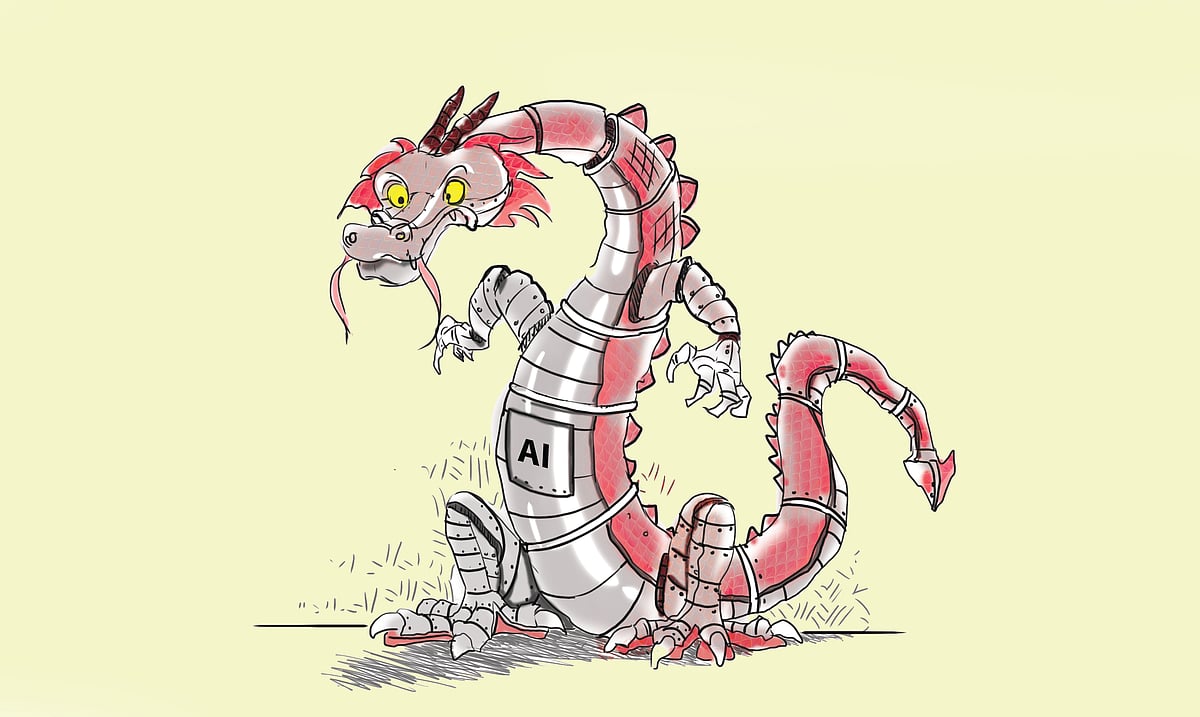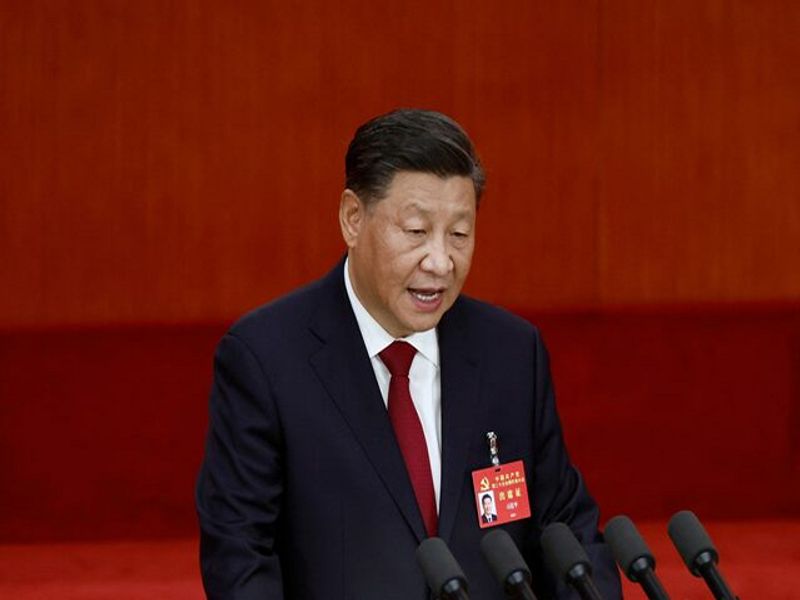In relation to China, the Modi government has shown little inclination to cooperate or learn from its giant neighbour. Instead, there has been a marked hostility in the wake of the border standoff with China in 2017. Over the years, it has banned over 300 applications and services linked to China citing security concerns. The most popular of these was TikTok, which had around 200 million users in India when it was banned. DeepSeek’s stunning success, engineered at such a low cost, appears to have brought about a remarkable change in the official perception in Delhi. Vaishnaw, now the Union minister for information technology (IT), not only praised DeepSeek for its “powerful model” but also said that India will host the Chinese AI laboratory’s large language models on domestic servers. This is an extraordinary turnabout given that security concerns will remain a troubling issue since DeepSeek’s policy statement is clear that the information it collects from users will be stored in secure servers located in the People’s Republic of China. Why, then, is India willing to overlook such concerns this time?
The big attraction could be that DeepSeek is open source, which means that its base code is publicly available for any developer to use and modify at will. India has its own AI ambitions of building a “foundational model”, and it might be hoping to leapfrog into the big league by learning from DeepSeek’s very affordable common computing facility. Vaishnaw says India is all set to launch its own safe and secure indigenous AI model at an affordable cost that will be less than half the rate charged by the global giants, but how soon? Last March, the Modi government had announced an outlay of just around Rs 10,300 crore for its IndiaAI Mission, which will be used to fund AI startups and to develop its own AI infrastructure. This is a pittance compared to what the Silicon Valley giants funnel into their companies, but using DeepSeek might speed up the process.
India’s announcement has triggered more alarms in the US. Sam Altman, chief executive officer (CEO) of AI Open, has hotfooted it to Delhi within a week of this announcement, hoping to embed his company’s products in the IndiaAI Mission and other initiatives. And it is a radically changed Altman who is making his sales pitch now. During a 2023 visit to India, Altman had poured cold water on the country’s plan to develop its own training foundation models, dismissing it as “totally hopeless to compete with us”. This time around, he is urging India to go for the full stack approach in AI in talks with Vaishnaw.
What could have spurred this change of heart? One can safely assume that DeepSeek founder Liang Wengfung’s out-of-the box thinking has shaken up his foundational beliefs. Liang has demonstrated that more is possible with less—both finances and hardware—if you have a clear idea about what you want to achieve. He used 2,000 graphics processing units (GPUs) instead of 100,000 GPUs; avoided computational overkill by cutting down from 32 decimal places to eight and thus increasing memory; and used gaming GPUs instead of specialised hardware.
This is disruptive technology of a different order, and underlying it is a radically different approach to building a business: open source. This must be unsettling for Altman, who follows the patented, closed source model despite his promise of keeping ChatGPT open. So, when he says it is “invigorating to have a new competitor” it does not seem that he is all that comfortable with the disruption.

